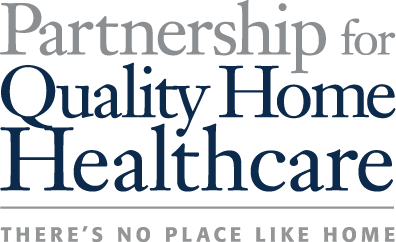May 23, 2012
Study Shows Home Health Patients Have Lower Medicare Episode Payments
Posted in: News
BNA
Patients who receive home health care as the first care setting following hospital discharge tend to have lower overall Medicare episode payments, compared with patients who receive care from other facility-basedsettings, a study released May 22 found.
The study, “Use of Home Health Care and Other Care Services Among Medicare Beneficiaries,” was published in a working paper, the third in a series of four that are part of the Clinically Appropriate and Cost-Effective Placement (CACEP) Project. It was conducted by consulting group Dobson DaVanzo and Associates on behalf of the Alliance for Home Health Quality and Innovation.
The first two papers, published April 5, found that Medicare expenditures vary across post-acute care settings, and home health care is the most costeffective (66 HCDR, 4/6/12).
Care Pathways Examined
The study examined the care pathways patients receive for three distinct episode types: post-acute, pre-acute, and non-post-acute. A pathway refers to the care processes an individual receives in the health care delivery system during an episode of care.
When looking at post-acute care, those patients who used home health as a first setting had episodes that were less costly for Medicare, the study found. Although these patients experienced slightly longer care pathways, sequence stops tended to be ambulatory, rather than facility-based. Ambulatory-based stops, although more frequent for home health care patients, are less costly to the Medicare system, the study concluded.
According to the study, 10 of the most common pathways consist solely of home health care and community (physician and outpatient) care” and rarely involve hospital admissions” suggesting that home and community-based services may be effectively helping patients to prevent avoidable facility-based care.
“This working paper provides a tangible example to lawmakers and healthcare policy leaders as they begin to contemplate the basic architecture for a bundled payment system in the Medicare program,” Allen Dobson, CACEP lead researcher and president of Dobson DaVanzo & Associates, said in a statement.
